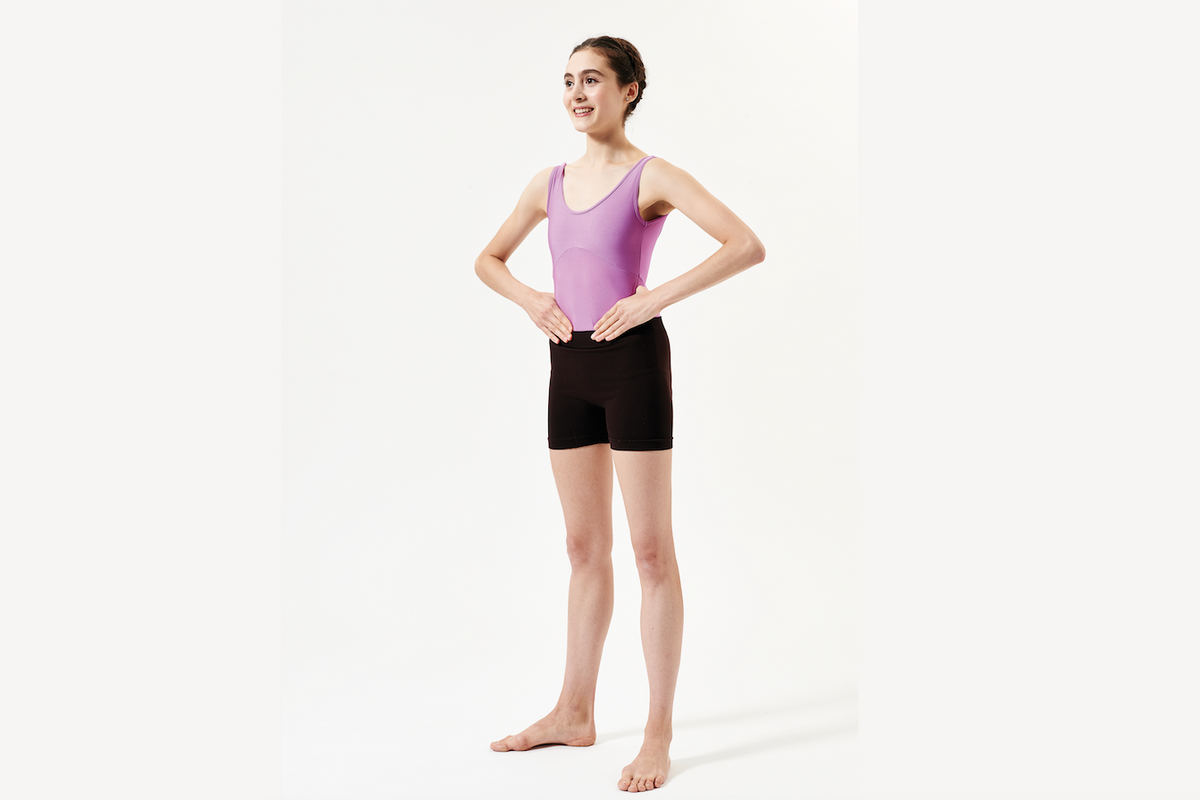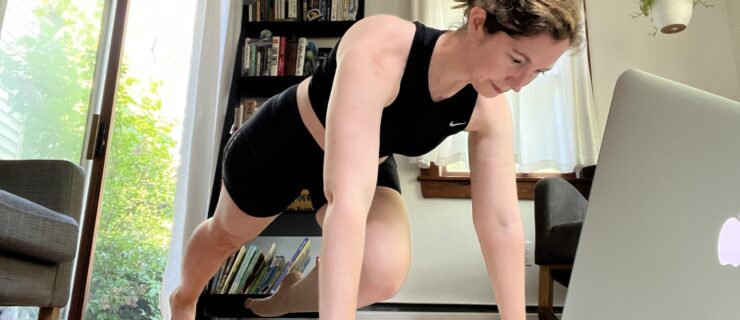Beyond Six-Pack Abs: 5 Exercises for More Control With Complex Movement
Rock-solid six-pack abs may be alluring. But having them doesn’t guarantee you the core strength to support ballet’s complex movements, like coordinated pirouettes and controlled extensions. That abdominal strength lies much deeper—and requires more subtle work than crunches. One good place to start, says Erika Kalkan, PT, DPT, OCS, who works with dancers in New York City, Sag Harbor and Los Angeles, is by learning to engage the transversus abdominis. As the deepest abdominal muscle, its fibers wrap around the waist and pelvic area to the lower back, like a corset that can be cinched by drawing the belly button in. “When active, the transversus abdominis narrows the waist and flattens the abdomen,” says Kalkan, “and it begins to stabilize the spine before movement of the arms or legs occurs.”
The deep abdominals and other muscles of the core, like the lumbar multifidus, pelvic floor and diaphragm, are particularly important for ballet dancers with extreme flexibility in their spine and hips, says Kalkan. When these core muscles are properly engaged, they help prevent injury and stabilize the body to give you better support in your extensions and turns.
Strengthening this area, however, won’t feel like a typical ab workout. “These muscles can be difficult to find because they won’t give the sensation of burning when exercised,” she says. When the transversus abdominis is engaged, Kalkan says, you can locate it by wrapping your thumbs and fingers around your waist and resting the fingertips between the pelvic bones (as shown at left). If you feel a gentle tension along the inner edges of the pelvis, you’re using the muscle. Kalkan recommends the following exercises, which can be done daily, to build deep abdominal strength. But be patient: “This work requires focus,” she says, “and slow, gentle activation.”
Abdominal Hollowing
 Photographed for Pointe by Nathan Sayers, Modeled by Petra Love
Photographed for Pointe by Nathan Sayers, Modeled by Petra Love
1. Kneel on all fours, and let your stomach completely relax and fall toward the floor. Kalkan suggests working next to a mirror, so you can make sure you’re maintaining a flat back throughout the exercise.
 Photographed for Pointe by Nathan Sayers, Modeled by Petra Love
Photographed for Pointe by Nathan Sayers, Modeled by Petra Love
2. Using a long exhale, draw the abdominals in toward the spine—you can even make a soft “ha” sound as you exhale. Hold for 10 seconds and continue breathing normally before relaxing the belly. Do 10 reps. As you get stronger, gradually increase the duration of the contraction to 20 or 30 seconds.
Contracting on the Floor
 Photographed for Pointe by Nathan Sayers, Modeled by Petra Love
Photographed for Pointe by Nathan Sayers, Modeled by Petra Love
- Lie on your back with your knees bent and feet flat on the floor.
- Use the breath to slowly draw the belly button in, keeping a neutral pelvis. Imagine that you’re zipping up tight jeans and must pull your belly in to do so, says Kalkan. Hold the contraction for 10 seconds before releasing. Do 10 reps.
Try These Variations:
Once you’re familiar with the sensation of engaging the transversus abdominis, challenge yourself by integrating more movement. Each uses the same starting position as above and can be done for 10–20 reps.
 Photographed for Pointe by Nathan Sayers, Modeled by Petra Love
Photographed for Pointe by Nathan Sayers, Modeled by Petra Love
Slowly drop one knee open as far you can while keeping the opposite hip down. Return it to the starting position and alternate legs.
 Photographed for Pointe by Nathan Sayers, Modeled by Petra Love
Photographed for Pointe by Nathan Sayers, Modeled by Petra Love
Lift and lower one foot at a time slightly off the floor, taking small marching steps.
 Photographed for Pointe by Nathan Sayers, Modeled by Petra Love
Photographed for Pointe by Nathan Sayers, Modeled by Petra Love
Flex one foot and slide the heel along the floor until the leg is straight. Draw it back in and continue switching legs.





